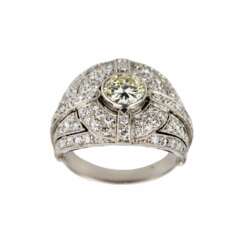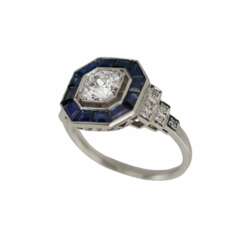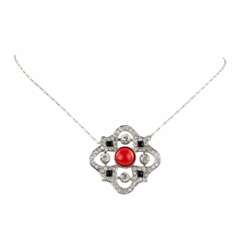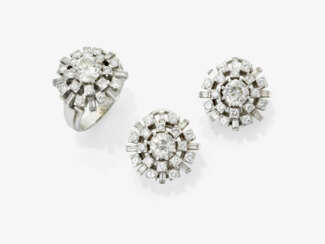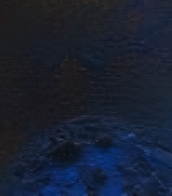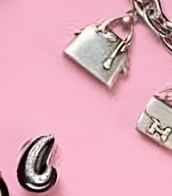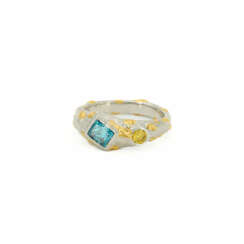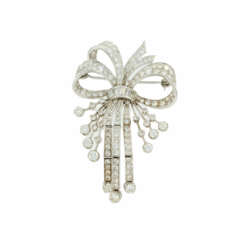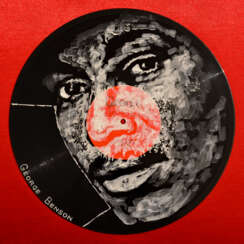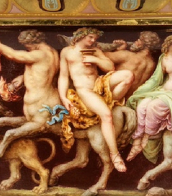663 Items by auctions and galleries:
platinum
«Platinum».
Vitalina Studio (b. 1976) 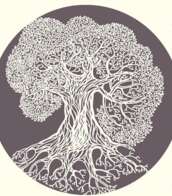 Shop Studio Vitalina
Shop Studio Vitalina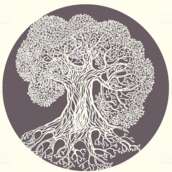

Vitalina Studio
23.06.1976
Ukraine
Vitalina Studio! Харьков. Украина.
Декор интерьера, картины.
Инстаграм: https://www.instagram.com/vitalina.studio/
Страница в Фейсбук: https://www.facebook.com/ArtVitalina/
Сайт автора: https://duvitalina.wixsite.com/studio
Картины для Вашего интерьера!
Авторская ручная роспись на холсте, акрил, текстурная паста, поталь. Для живописи акрилом используются хлопчатобумажные грунтованные полотна на модульных подрамниках из сосны. Картины водостойкие, не требуют дополнительного ухода, готовы к использованию в рамках и без рамок. Галерейная натяжка, торцы прорисованы. С уважением Vitalina Studio! (Харьков, Украина).

Artist shop
Studio Vitalina
Ukraine
Number of products: 17
George Benson & George Adams
Yurii Yermolenko (b. 1973) 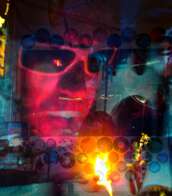 Shop Yermolenko Yurii
Shop Yermolenko Yurii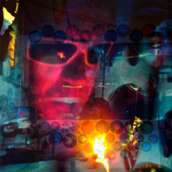

Yurii Yermolenko
02.10.1973
Ukraine
Yury Ermolenko – A Master of Fine Arts (MFA)
Born in 1973 Kiev (Ukraine) Lives and works in Kiev.
Education:
1980 – 1992 – T. Shevchenko Republican art school, Kiev, Ukraine
1992 – 1998 – National Academy of Fine Art and Architecture (NAFAA), Kiev, Ukraine
1998 – 2001 – Post-graduate education ( M.A.degree ), NAFAA, Kiev, Ukraine
2003 – Got a scholarship of Ministry of Culture of Poland ”GOUDE POLONIA”, Krakow, Poland
Main exhibitions:
2018 - "Garden of Wandering Geniuses" project, (Х.Л.А.М.), Kyiv, Ukraine.
2017 – 2018 – “MY FAVOURITE DOLLS” project, Tauvers Gallery international, Kiev, Ukraine
2017 – 2018 – “Flea Psychedelic Market” project, (Х.Л.А.М.), Kyiv, Ukraine
2016 – 2017 – In “Search of Dark Energy”, Vysehrad, Prague, Czech Republic; Hofburg Palace, Vienna, Austria.
2014 – 2015 – “Mу Favorite Dolls”, “Brothers in Arms”
2013 – “Facevinyl”
2013 – “Ukrainian Psychedel”, “Suitcases the Classics”
2013 – “Magical Garden”
2013 – “May be always be my mother, may there always be me”
2012 – “Conversion”
2012 – “Immigration to Cuba”
2011 – “Sings of Cuba”
2011 – “Ladies I didn`t get along with”
2010 – “Metaphysical Landscape of Zaporizhia”
2010 – “Metaphysical Landscape of Kaniv”
2010 – “A hedgehog jazz f**k”
2009 – “Eternal Values”
2009 – “Peruvian Toys”
2008 – “Death of Brands”
2007 – “Pink”
2007 – “Lolita’s on the Arena”
2007 – “Silicon”
2006 – “Paradise”
2006 – “Flea Market”
2005 – "Alice new!"
2005 – “Entomology of Souls”
2004 – "13. ICONOSTASIS"
2004 – “Hunting”
2003 – “KANIV – RAPAN”
2003 – “Baltic – Hel”
THE PROJECTS IN THE ART GROUP "TERRACES":
2002 – “Flash
2001 – “Indigo-Purring Cort”
2000 – “New York City”
2000 – “Flash”
1999 – “So good!”
1998 – “Shout on Plateaus”
1997 – “Dances on Colored Rope”
1997 – “Lighting Art and Painting Art”

Artist shop
Yermolenko Yurii
Ukraine
Number of products: 90
